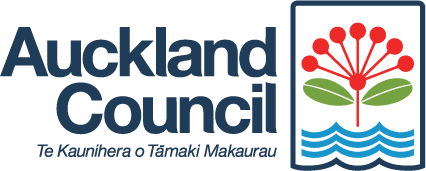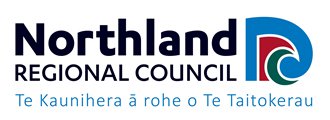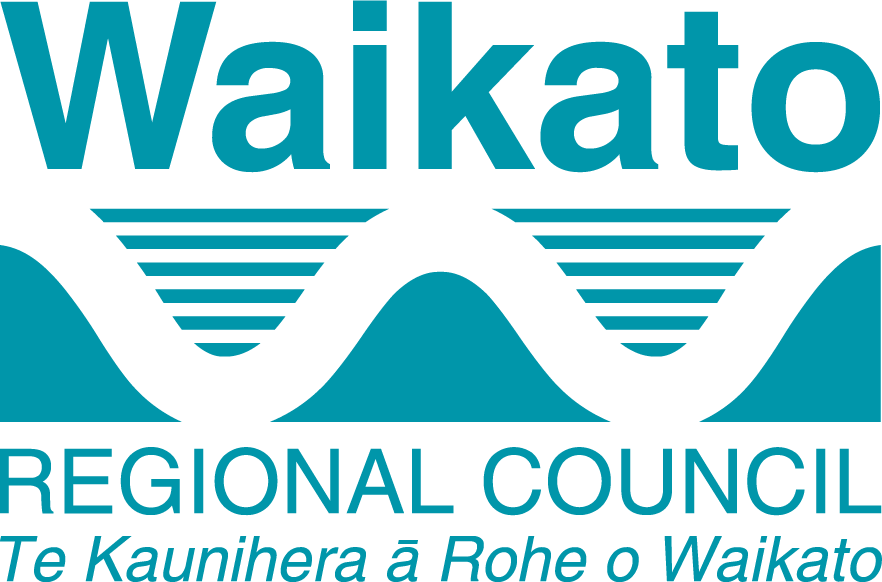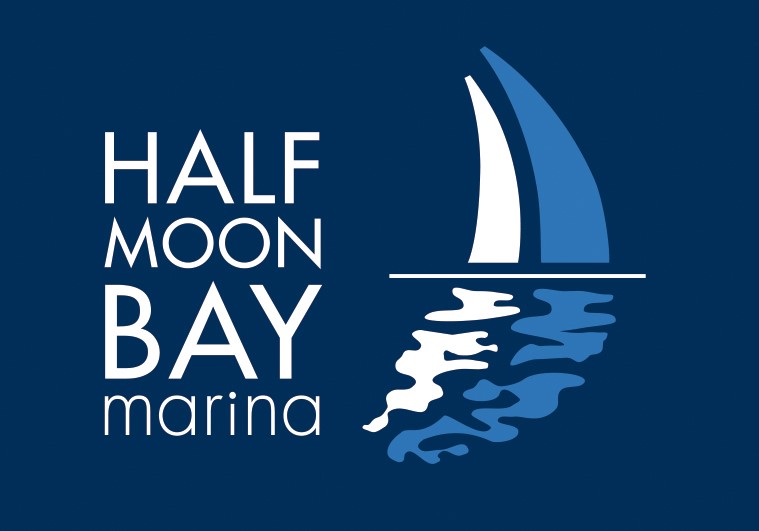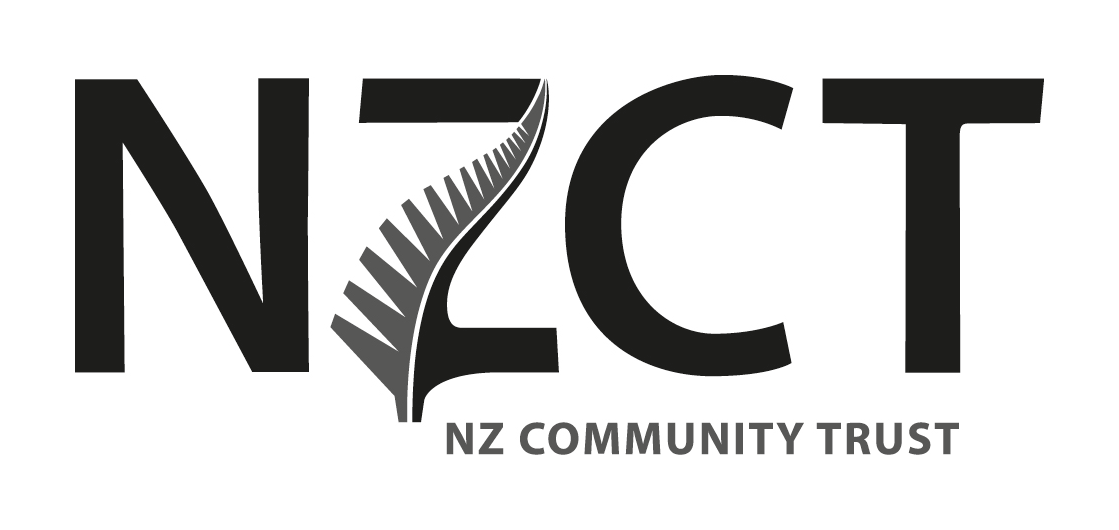Lifejackets
Take them - Wear them
Lifejackets (also called PFDs – personal floatation devices) are a key piece of safety equipment. It’s important to make sure the lifejacket you wear is fit-for-purpose and safe.
Most drownings in boating accidents involve craft under 6 metres. Everyone on-board vessels 6 metres and under should wear a lifejacket, unless the skipper has assessed this is not necessary, due to the low risk at the time. Coastguard are calling for the urgent passing of legislation to make it mandatory to wear lifejackets on vessels 6m and under.
Not wearing a lifejacket is the leading risk factor for boating fatalities, and two-thirds of those who die in recreational boating accidents each year could be saved if they wore a lifejacket. In 2022, 31% of drowning deaths involved a powered craft, according to Water Safety New Zealand data.
The key thing to take away from this is that lifejackets save lives. But not all lifejackets are created equally. There are different types depending on what type of activity you plan on doing, and some that shouldn’t even be worn at all.
Learn more about lifejackets here: All about lifejackets | Boaties Best Mate
Choosing a Lifejacket
Coastguard recommends the use of lifejackets with correctly fitted crotch straps in situations other than very calm water.
Even when tightly secured, lifejackets have a tendency to ride up on the wearer if there is any wave action. Crotch straps are mandatory for all child-sized lifejackets and in some yacht racing situations.
When choosing a lifejacket, consider:
- The type of recreational activities you do on water
- The distance you plan to travel away from shore
- The weather and sea conditions you will encounter
- The local bylaws that may apply to your region
- The sizes available for children
Not sure what lifejacket is best for the activity you’re doing? Find out how to make the right choice for you or the kids depending on whether you’re in open water or inshore here thanks to our friends at Maritime NZ.
Some examples of life jackets are below:
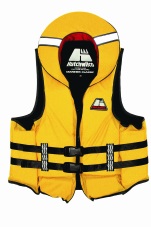 |
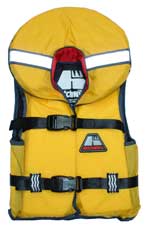 |
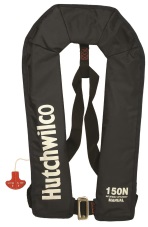 |
| Marina Classic Lifejacket | Child Lifejacket | Inflatable Lifejacket |
Still unsure? Check out Hutchwilco's 'Help me Choose' tool to help you decide.
Lifejacket Checks
All lifejackets should be checked regularly for signs of wear or damage.
As a starting point, check your lifejacket with these simple tests – however, this does not replace expert advice:
- Pull the straps, hard. If any of them stretch or tear, do not use the lifejacket, destroy, and replace.
- Look for tears or cuts in the straps. If there are any, do not use the lifejacket. Destroy and replace.
- Check for tears, cuts, or punctures in the lifejacket. If there are any, do not use the lifejacket, destroy and replace.
- Check if it floats. Check with the manufacturer or lifejacket service centre.
- More than 10 years old? Replace it. - Manufacturers say that lifejackets can last up to a decade, although it can be less depending on deterioration from age or usage. After 10 years, they usually need replacing.
Inflatable lifejackets should be regularly checked by the owner and serviced by a licenced service agent (usually every two years – check the servicing tag on your lifejacket).
Kapok lifejackets are unsafe – check, destroy, replace
Kapok was used to fill lifejackets 30 years ago, we now know kapok can absorb water and cause wearers to sink.
Cotton straps rot over time, even if a lifejacket is not used and In an emergency, cotton straps can tear or break off.
Lifejackets with either kapok filling or cotton straps should be destroyed and new lifejackets purchased.
Disposal
Dispose of unsafe lifejackets by making visible cuts in the jacket and then taking them to the dump. Unless they’re going to a museum, please take them out of circulation.
Lifejacket rental
To help keep you safe out on the water, Drowning Prevention Auckland lend out lifejackets to the public.
Have the kids grown out of their lifejackets? Perhaps you’re taking your mates out for the day? Or do your guests outnumber the number of spare lifejackets on board?
You can borrow a lifejacket for yourself, your whānau (family) or friends from one of the DPA Lifejacket Hubs around Tāmaki Makaurau Auckland and Waikato. They simply ask for a koha in return.
For more information and for a list of Lifejacket Hub locations, please visit: DPA Lifejacket Hubs | Drowning Prevention Auckland (dpanz.org.nz)

